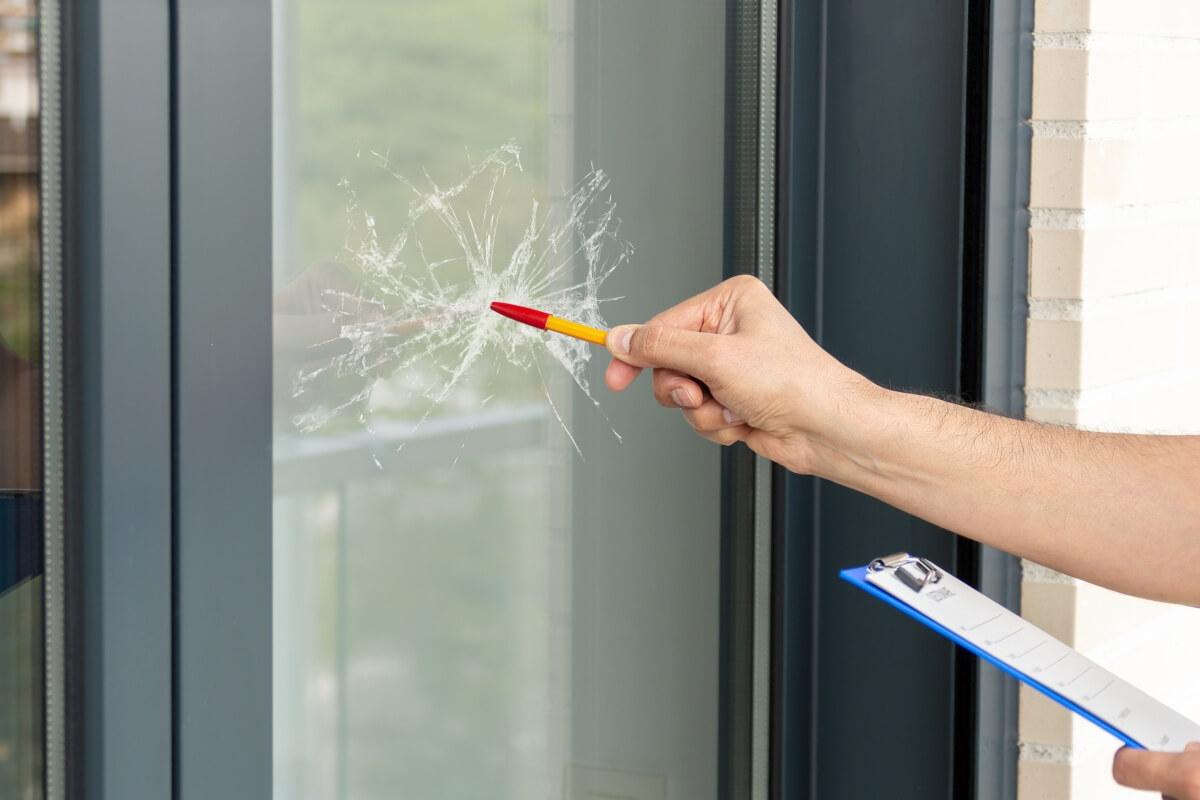Moving is exciting, but apartment hunting can raise a lot of questions. Whether it’s your first apartment or you’re relocating to an entirely new city, there are many things about the rental process to take in, especially as the costs rack up.
Move-in fees and security deposits are costs to consider when calculating the total cost of a rental, but you should also know what you’re paying. What’s the difference between a move-in fee and a security deposit?
Key Points
- A move-in fee is a non-refundable charge landlords may add to cover any repairs made before move-in.
- A security deposit is charged as insurance in case a tenant does not pay rent or leaves significant damages.
- Security deposits may be returned upon move-out if a tenant leaves the property in good condition.
- A landlord can only keep your security deposit due to unpaid rent or damages caused by a tenant, and any deductions must be listed upon move-out.
What Are Move-In Fees?

Move-in fees are non-refundable fees that some landlords charge new tenants to offset the cost of tenant turnover. Adding this fee is up to the landlord’s discretion, and the charge is generally for services rendered by the landlord before you move in. This may include a fresh coat of paint or a new key fob.
Common types of move-in fees include:
Application fees
An application fee is a charge you pay when you apply for a rental. Application fees typically range from $25 and $100 and cover the cost of a background and credit check.
First month’s rent
Many landlords will charge the first month’s rent or the first and last month’s rent when you move in. This assures that you will have enough money to pay your monthly rent, and the policy varies by property manager and often depends on your credit and rental history,
Many landlords will also prorate the first month’s rent if your lease begins in the middle of the month. Since you won’t be living there for the full 30 days considered in the monthly rent, the cost of your first month in a new rental may be lower than the rent listed on your lease.
Pet fees

A pet fee is a one-time charge pet owners pay to have their furry friend live with them. Pet fees typically range from $200 to $500 and may vary depending on the type of pet the renter owns.
Just like how move-in fees are different from security deposits, pet fees are different from pet deposits. Pet deposits may be refunded if your pet doesn’t damage the rental, but pet fees are non-refundable even if your 17-year-old basset hound sleeps all day.
Initial utility fees
Even if your first month’s rent is prorated, you’ll still have to pay monthly utilities. You can expect to pay the amount listed on your lease if utilities are included in the rental fees. If utilities are not included, your water, gas, and electric bills will vary depending on your usage.
How much are move-in fees?
A good rule of thumb is to multiply the rent by 33% and 50% to estimate a range of your move-in fees for a prospective apartment, excluding the first and last month’s rent. For example, if your monthly rent is $1,563–the average rent in the U.S. in 2024 —you can expect your move-in fees to fall roughly somewhere between $515 and $780.
When calculating your rent budget, include move-in fees in the total cost of the apartment. If the total amount is out of your budget, try negotiating your rent, fees, or even deposits with the landlord.
What Is a Security Deposit?

A security deposit is pretty standard in the apartment world and is required by most landlords and property managers. A tenant will pay a predetermined amount to a landlord, who will then hold onto it until the end of the renter’s tenancy. Landlords can only keep a tenant’s security deposit for two reasons:
- To pay for any damages to the apartment beyond normal wear and tear
- To cover any unpaid rent
Landlords keep their tenants’ security deposits in an interest-bearing account. When a tenant’s lease is over, the landlord is required to return the deposit minus any unpaid rent or damages noted in the move-out inspection.
How much is a typical security deposit?
Security deposits are typically one- to two months’ rent, but the exact cost can differ depending on your rental history, credit history, and the condition of the property. Landlords may charge a higher security deposit for a furnished apartment or for renters with no credit or bad credit.
Landlords can see your credit score when they run a credit check after you submit a rental application. A landlord may charge a higher security deposit if you have a poor credit history due to late payments, collections, or bankruptcies. You can lower your security deposit by adding a cosigner or guarantor to your lease and by building your credit history.
What’s the Difference Between Move-In Fees and a Security Deposit?
Unlike a move-in fee, security deposits are both refundable and regulated. State laws limit what a landlord can spend the security deposit on, while very few states control what a move-in fee can be used for. Because security deposits are more regulated, landlords should provide tenants with a bank receipt showing where their money is being held.
While move-in fees are not as regulated as security deposits, some state laws limit the amount a landlord can charge. Check your state’s landlord-tenant laws to make sure your potential property manager isn’t overcharging you.
Can landlords require both a move-in fee and a security deposit?
While you may favor only paying for one, some landlords may require both move-in fees and a security deposit for you to rent their apartment. When you tour a property, ask your potential property manager about move-in fees and security deposits.
Understanding the differences between move-in fees and security deposits is important when navigating the rental process. While move-in fees are typically non-refundable charges that cover the costs associated with preparing a rental unit, security deposits serve as a form of financial protection for landlords against potential damages or unpaid rent. By being informed about the rental process, you can ensure a smoother move-in experience and avoid unexpected expenses, allowing you to focus on settling into your new home.
This article was originally published on April 5, 2019, by Lauren Ross.






